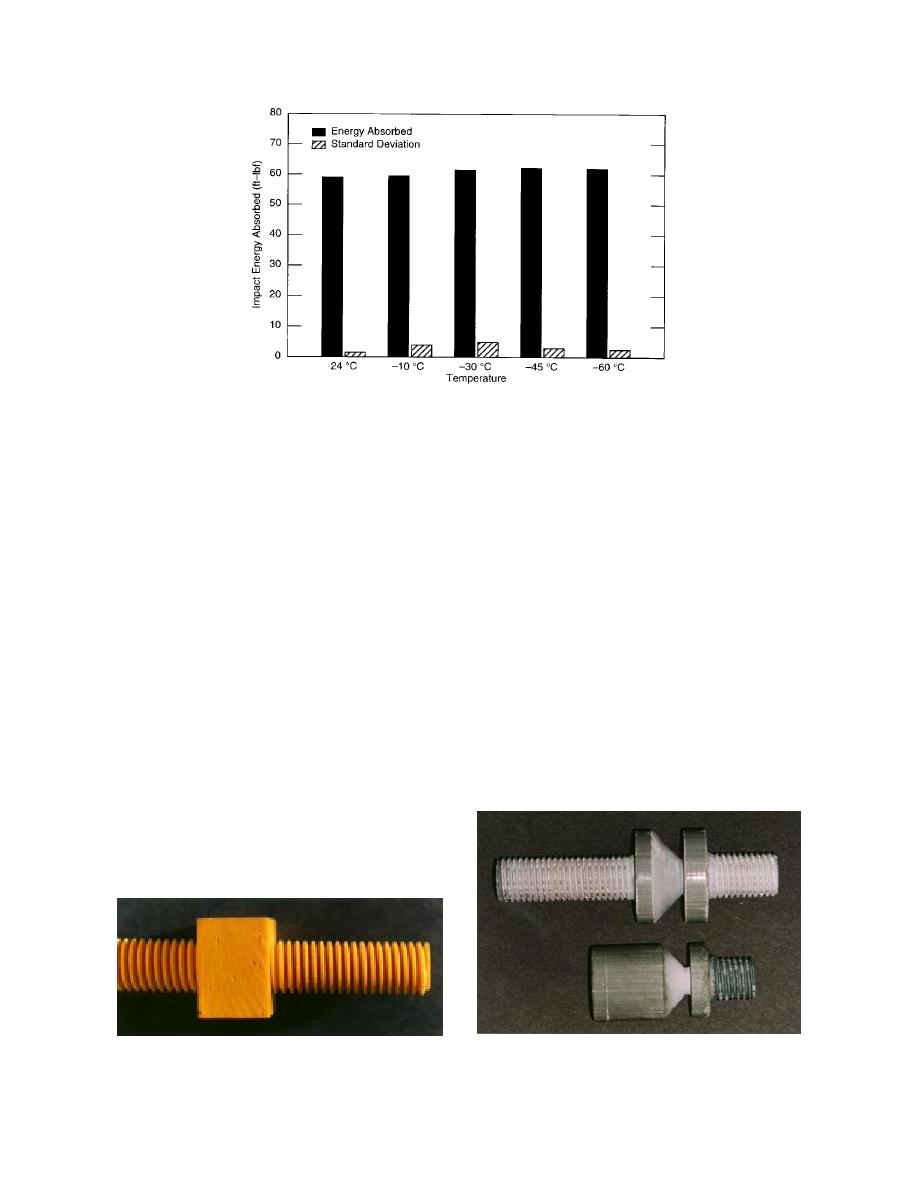
Figure 68. Influence of temperature on the energy absorption in
notched bar impact tests.
to increase at lower temperatures. This is related
Considering that the stock of pultruded FRP
to the mode of failure. Instead of across-the-section
round bars would be used, we developed the
fiber fracture, the failure happened by shear
design drawings of the two prototype couplers
debonding along the fiber. For composites, bond-
shown in Figures 70a and b. Figure 70a shows the
ing strength tends to increase at low temperatures,
prototype design with male threads and Figure
which explains an increasing trend of energy
70b with female threads. Two specimens of male-
absorption at lower temperatures, as observed in
threaded and two specimens of female-threaded
the test (Fig. 68).
couplers were then fabricated by machining the
diameter of the raw FRP bar down to a neck pro-
Thread cutting and fabrication
file and cutting threads on the stems. As feared,
A major problem that became apparent con-
the thread cutting was found to be extremely
cerned the machining of threads in the commer-
difficult; however, following the manufacturer's
cial FRP composite stock materials. In this case,
detailed instruction, threads could finally be cut,
the longitudinal glass fibers in the thread area
although many of the crests were lost. According
repeatedly came under tool attack and tended to
to the manufacturer's literature, the FRP bar mate-
shear off near the crests of the thread profile.
rial would be made up of glass fiber and vinyl
However, FRP studs and nuts, even for 25.4-mm-
ester resin. A comparison of this material's mech-
(1-in.-) diam. sizes, were found to be commercially
anical properties with steel is shown in Table 17.
available (IMCO 1995, MMFG Co. 1994) (Fig. 69).
Therefore, detailed instructions were obtained
from the manufacturer of these commercial FRP
bolts about the thread cutting technique on FRP
bars.
Figure 69. Commercially available FRP nuts and
Figure 70. FRP composite breakaway coupler designs
studs.
with (top) male and (bottom) female threads.
49



 Previous Page
Previous Page
